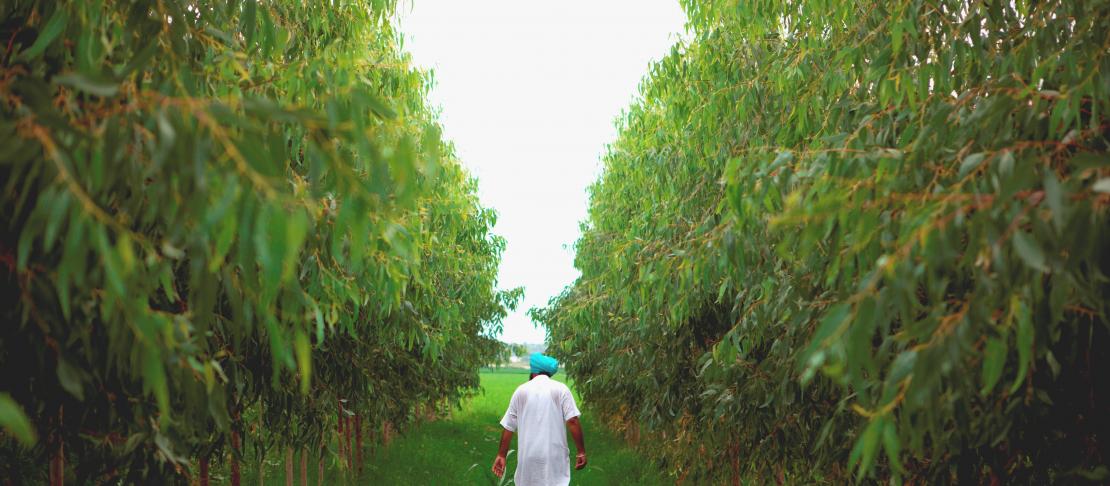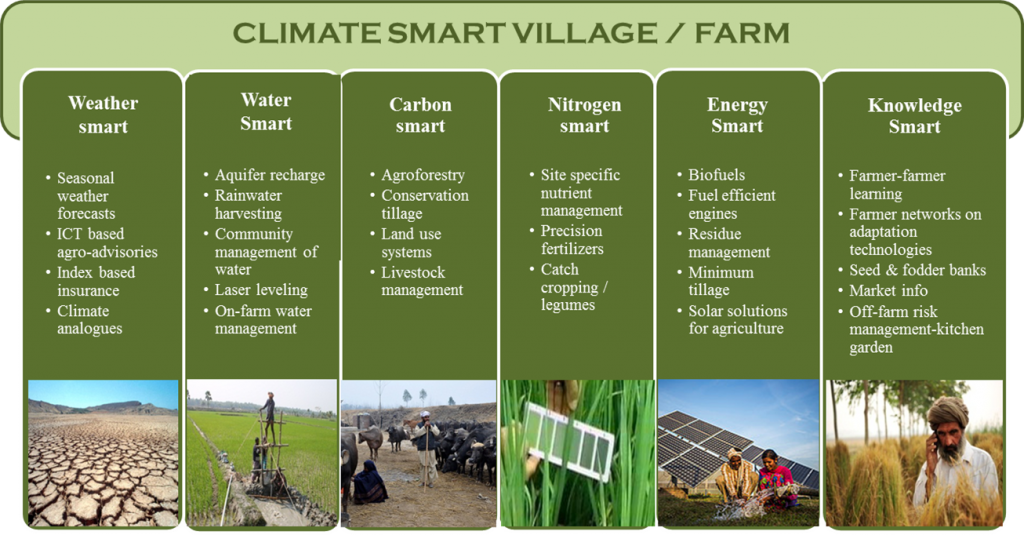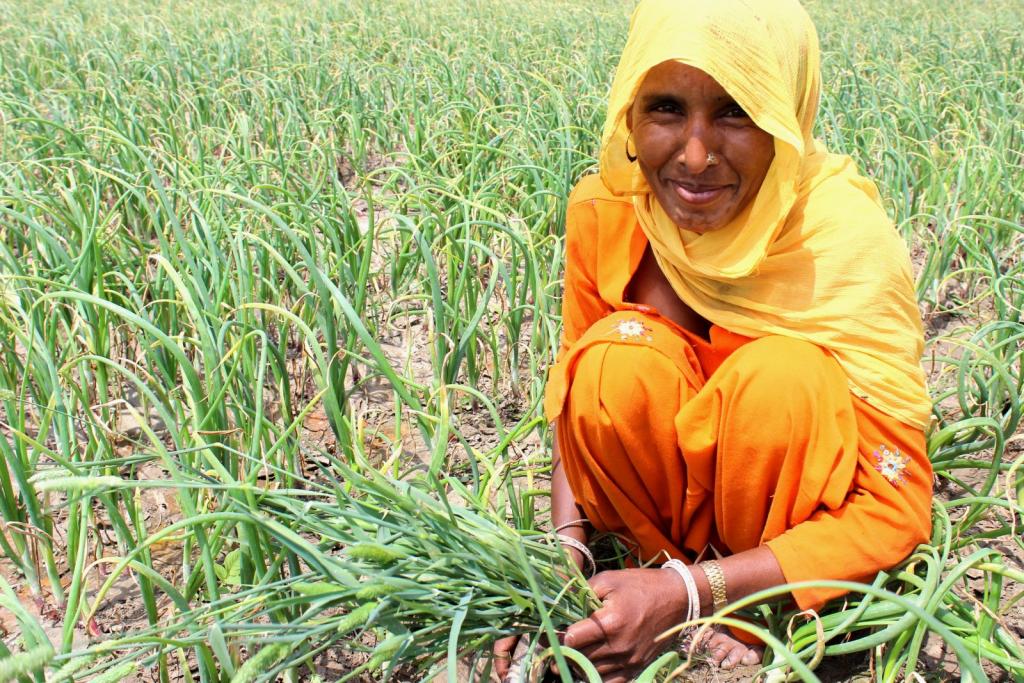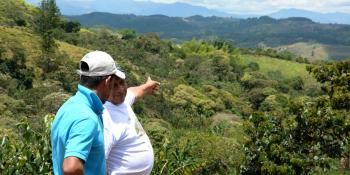Haryana says 'yes' to more Climate-Smart Villages

The Department of Agriculture, Government of Haryana, in India has lent its support to scaling out climate-smart agriculture to 500 more villages across the state.
Agriculture is in need of a paradigm shift. We know that producing food while depleting groundwater, turning soils saline and overusing fertilizers is no longer acceptable. Added to this, is the unprecedented challenges that climate change and climate variability is placing on farmers.
Taking it local
But what if villages can become sites for sustainable food production while making communities resilient to climate change? Combining local action with global knowledge, the Climate-Smart Village project shows how agriculture can adapt in the face of climate change, how farmers can produce more food sustainably and how greenhouse gas emissions can be cut without increasing costs or lowering productivity.
Essentially, farmers use a portfolio of climate-smart agriculture practices that work together so that farming is no longer a gamble against the weather, but can strive to produce the best results under an uncertain climate future.

The different approaches in a climate-smart village. (Source: CCAFS)
The International Maize and Wheat Improvement Center (CIMMYT) together with the CGIAR Research Programme on Climate Change Agriculture and Food Security (CCAFS) is working with a host of national partners and farmers’ organisations in Climate-Smart Villages in Haryana. The project has seen farmers implement climate-smart agriculture practices such as laser-land levelling, zero-tillage, residue management, direct dry seeded rice, alternate wetting and drying of rice, precision nutrient management decision-support tools (Nutrient Expert) and sensors (GreenSeeker), agroforestry, crop diversification and climate information services among others. When used in combination, they show farmers that resource-saving practices can not only save water and energy and make soil healthy but are also economically viable. In other words, farmers can profit when they adapt to climate change.
Climate-smart agriculture can protect farmers...
Read: Report on Climate Smart Villages in Haryana
As Harpreet Singh from Beernaryana village, Haryana, says: “The Climate-Smart Village project linked me with researchers and scientists to understand that certain practices can save on resources while increasing yields. Direct-seeded rice and alternate wetting-drying of rice has helped me save on water by 30 percent, while the productivity has increased.”
Scaling out for greater impact
Since its inception over the last three years, Haryana saw over 28 Climate-Smart Villages. The Department of Agriculture, Government of Haryana, has now lent its support to scaling out the project to 500 villages across the state.
On 8 June 2015, a stakeholders meeting was convened to chalk out an action plan for each district to discuss what practices and interventions are best suited for each location.

farmers can profit as they adapt to climate change. Photo: Dharini Parthasarathy (CCAFS)
Suresh Gehlawat, Additional Director Agriculture, Government of Haryana, noted how farmers were increasingly confronted with extreme weather events. “It is no longer a one-time phenomenon. We are seeing unusual weather events very often. Moving towards climate-smart agriculture through the Climate-Smart Village project is one way to insulate farmers from the impact of climate change,” he said.
Before the onset of the kharif (monsoon) season this year, a meeting will be convened to finalise plans. CIMMYT-CCAFS will work as key knowledge and capacity development partners with local government bodies, the State Department of Agriculture, Indian Council of Agricultural Research (ICAR), Haryana Farmers’ Commission, CSS Haryana Agriculture University, Kisan Sanchar and civil society groups to scale out Climate-Smart Villages in rice-wheat cropping systems.
View a video on Climate-Smart Villages
Further reading:
- Climate Smart Villages: Local Adaption to Promote Climate Smart Agriculture
- Climate-Smart Villages: The Framework
- VIDEO: Climate-Smart Villages: A community approach to sustainable agriculture
- Climate smart villages show how to adapt, and make money
- Project tests new ways to deliver climate messages to farmers' cell phones
- Journalists’ visit Climate-Smart Villages
ML Jat is a Senior Cropping Agronomist at CIMMYT-CCAFS. HS Jat and Tripti Agarwal work in CIMMYT.
This blog was drafted by Dharini Parthasarathy, Communications, CCAFS South Asia



